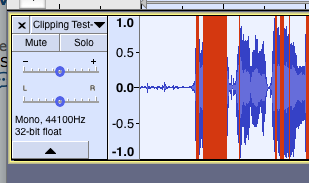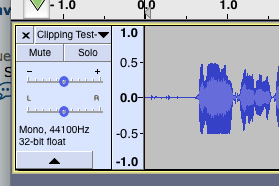I have reconfigured my sound booth (closet) to try and lower noise level.
If you add sound absorption, good! Reverb is reflected sound like you get in a tiled bathroom or in a concert hall. You need to absorb the reflections, and possibly get closer to the mic for more-direct sound. Although if you get closer you may need a pop screen. I assume you’re using a directional mic? It also helps if you speak with a strong-confident voice. The higher the signal, the better the signal-to-noise ratio.
Using the Audacity monitor, appears my room noise level is about -82db.
Your ACX check results say -76dB, which would be good if your signal was higher.  You need to amplify by about 24dB to get your RMS up to around -20dB. When you amplify (or attenuate) the peak, RMS, and noise levels all get the same dB change. That will bring your noise up to 52dB (fail), and it will push your peaks over 0dB into clipping (distortion). You can use limiting to bring down the peaks, but the noise still has to be dealt with. See [u]this page[/u].
You need to amplify by about 24dB to get your RMS up to around -20dB. When you amplify (or attenuate) the peak, RMS, and noise levels all get the same dB change. That will bring your noise up to 52dB (fail), and it will push your peaks over 0dB into clipping (distortion). You can use limiting to bring down the peaks, but the noise still has to be dealt with. See [u]this page[/u].
I can use Noise Reduction, EQ Low Rolloff for Speech, RMS Normalization & Brickwall limiter…and get it to pass ACS check.
Your results pass noise but they fail peak & RMS levels.
- How is room noise at -83bd?
That’s a meaningless number by itself. It depends on the actual acoustic noise (some positive dB SPL level) the gain of the preamp, the sensitivity of the microphone, etc. The preamp will also generate some noise, and if you’re using a condenser mic there is an internal head amp that also generates some noise.
- What are correct settings for Behringer?
So I did a new recording, but honestly…I don’t really even know how to set the gain level for mic.
Unlike the old days of analog tape, digital recording levels are not too critical. You can record a little “hotter”, maybe hitting peaks around -6 to -12dB. The main thing is that you don’t want to “try” going over 0dB because you’ll get clipping (distortion). Pros often record at -12 to -18dB (at 24-bits with very good equipment), but most home recording is done at higher levels. Nothing bad happens when you get close to 0dB but you need to leave some headroom in case there are unexpected peaks.
I’m using Excelvan mic
It may be OK, but I’m always a little skeptical of “cheap microphones”. A good “studio condenser” microphone is typically at least $100 USD, and that’s before you add a mic stand and shock mount.
The main thing is, it needs to be directional so noise (and reverb) from behind and from the sides is reduced. The overall “sound character” (frequency response) can he adjusted with EQ if necessary.
Usually this type of mic is a “side address” mic, so you speak into the front side, not the end or back side. But, check the owners manual because you may have an end-address mic.








